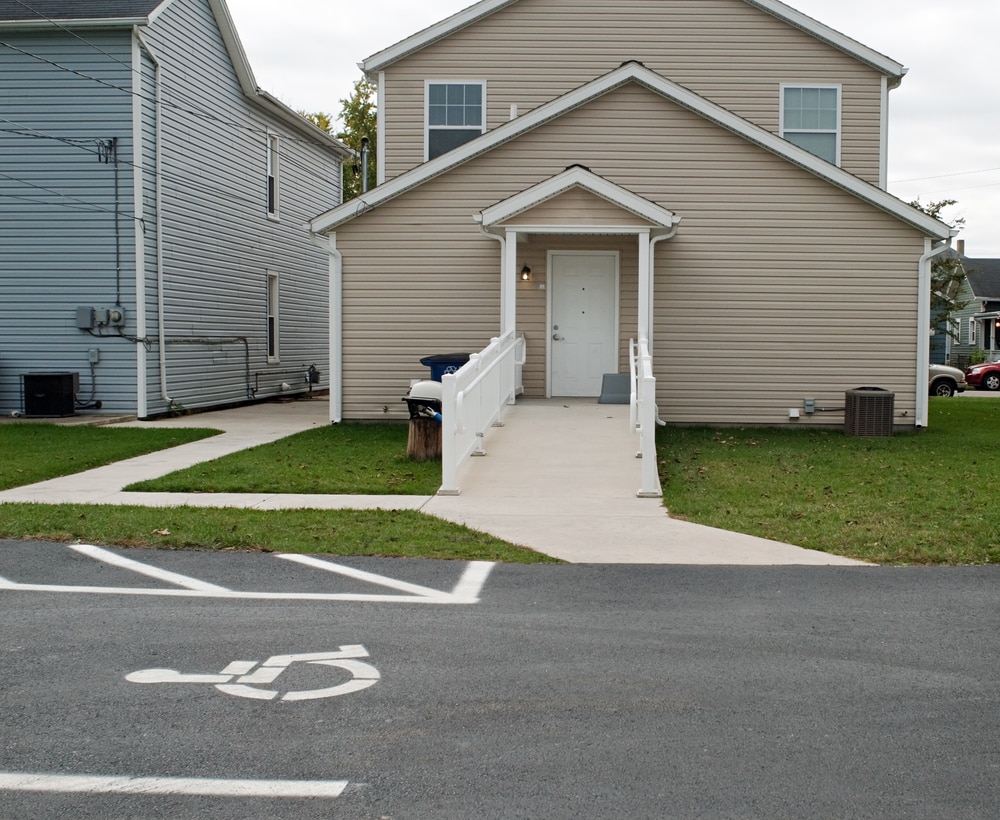Commercial buildings must conform to various rules and guidelines to make sure that they are accessible to people who have disabilities. One of the primary elements in achieving conformity is installing ramps for wheelchairs.
These ramps serve a vital reason to provide accessibility to those who have mobility issues, enabling individuals to access and move through buildings safely and comfortably. This article focuses on the vital importance of ramps for wheelchairs in the ensuring that commercial buildings comply with.
An Overview of Compliance for People with Disabilities in Commercial Buildings
Commercial building compliance refers to a set of guidelines and guidelines that are designed to make sure that there is accessibility for people who have disabilities. The regulations make sure that commercial structures are constructed, designed and maintained to be accessible to those with different kinds of disabilities.
This includes things like handrails for wheelchairs, ramps for wheelchairs doors that are that are wide enough for wheelchairs and accessible restrooms. By following these guidelines, businesses are able to provide an inclusive and welcoming environment that allows people with disabilities to fully participate with society in all aspects.
Recognizing Wheelchair Ramps’ Significance in Accessibility
Wheelchair ramps are constructed to conform to certain dimensions and slopes, which allows people who use mobility aids or wheelchairs to move into and out of the building without difficulty. Without a proper ramp for wheelchair-bound people may confront significant challenges when trying to enter commercial structures, which could hinder their participation in the society.
So, knowing the importance of accessible ramps for wheelchairs is crucial for companies looking to comply and create an environment that is inclusive for everyone.
Guidelines and Legal Requirements for Wheelchair Ramp Installation in Commercial Buildings
To ensure that accessibility standards In order to ensure compliance with accessibility standards, there are regulations and legal requirements to follow by businesses when installing wheelchair ramps into commercial structures. It is the Americans with Disabilities Act (ADA) provides specific guidelines for the building and installation of ramps for wheelchairs. These include the necessary slope as well as width as well as landing spaces. Furthermore building codes like that of the International Building Code (IBC) provide the guidelines to be followed for accessibility routes as well as ramps for wheelchairs. Businesses must be aware of these laws and guidelines to ensure that their ramps for wheelchairs are in compliance and offer safe access to disabled people.
Types of Wheelchair Ramps and Their Features
Wheelchair ramps are available in many styles to meet the needs of various structure and accessibility requirements. The most commonly used kind are modular ramps made up of several sections which can be put together and disassembled to make it easy to move. These ramps are generally made of steel or aluminum which offer the durability and stability.
Another popular choice is the threshold ramp made to allow for slight height differences between doors or rooms. These ramps can also be used for use on a temporary basis, which is ideal for short-term needs or events for wheelchair accessibility. Whichever type you choose of ramp, all ramps for wheelchairs should include features like handrails that are non-slip, surfaces with no slip, and proper slopes to guarantee access to safe and secure commercial structures.
Things to Take Into Account When Installing and Maintaining Wheelchair Ramps
Companies should take into consideration a variety of factors when building a ramp for wheelchairs to ensure safety and accessibility. This includes the site, which should be easy and accessible to everyone and the ramp’s slope that has to be in compliance with accessibility guidelines to avoid any difficulties when using it, and the material that is used that is sturdy and able to provide sufficient the traction.
Furthermore, regular inspections and maintenance is required to ensure that the ramp is in good order and free of hazards such as cracks or debris, as well as accumulation of ice during the colder seasons. If you do not take these steps, it could lead to non-compliance with laws and could pose a risk to people who use the ramp, which could lead to injuries or accidents. It is therefore essential to put a plan to repair the ramp or replacing it that be damaged because of wear and wear and tear.
This proactive approach ensures the accessibility and security of everyone who is dependent on these crucial structures.
Beyond Compliance: Advantages of Installing Wheelchair Ramps in Commercial Buildings
The presence of ramps for wheelchairs in commercial structures not only guarantees the accessibility standards are met, but also offers many advantages for disabled people as well as businesses. They allow for simple and self-contained access, which promotes accessibility and dignity for people using mobility aids or wheelchairs.
Businesses can also profit by boosting the number of customers they serve, since people with disabilities are more likely to be able visit their establishments. Additionally, accessibility features such as wheelchair ramps could enhance the reputation of a company and demonstrate its dedication to inclusion and diversity.
Wheelchair ramps are an essential part of commercial building conformity for people who are disabled.
They improve accessibility, foster inclusion and independence, and are in line with the legal requirements and guidelines. Businesses must priorities the establishment and upkeep of ramps for wheelchairs to provide equal access to all people, and provide an environment that is welcoming for all.





